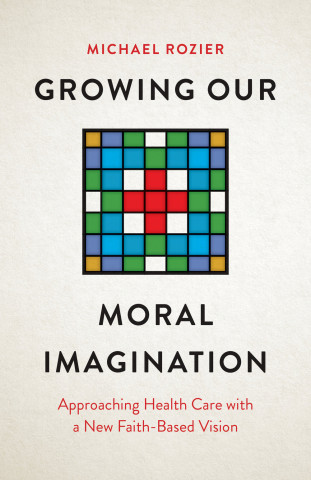
Reviews
Well researched and clearly presented by a recognized expert in the field.
An interesting read and a good resource for information on indoor air quality... it offers solutions rather than blame.
May does a good job of explaining technical information in a simple manner, using instructive photographs... Will be especially useful for libraries emphasizing legal and policy collections.
This book is a non-alarmist, extremely current, review of many now recognized sources of inevitable and not-so-inevitable air quality impairment... this book belongs in your reference library.
May's new book on sick buildings offers practical cures for both individuals and those in charge of such properties.
A scientific, practical, and thorough guide to indoor air quality.
Takes on very complex issues, explains them in a language we can understand, and best of all stresses that sources of indoor air pollution can be identified and removed.
This very readable, 317-page book targets the general public and office occupants.
This little book as a lot to offer.
Millions of us experience poor indoor air quality without having any idea why, or what can be done about it. In My Office Is Killing Me! Jeff May explains how a building operates, what building materials are made of, how air circulates, and what kinds of indoor contaminants we may inhale—and more. Thank you, Jeff May, for making the complex and diverse field of indoor air quality accessible and entertaining, and for giving us the information we need to improve the air we breathe.
This easy-to-read book is scientifically accurate and practical for anyone and everyone concerned about the air we breathe.
The best source of information on sick buildings that I've ever read. If you suffer from sinusitis, asthma, or other symptoms when you go to work, buy this book.
Book Details
Preface
Acknowledgments
Part I: The Basics
1. Poor Indoor Air Quality: A Health Concern
2. Shelter in the Storm
3. Diseased Decor
4. A Sea of Air
5. Gases in the Sea of Air
6. Particles in the Sea of Air
7
Preface
Acknowledgments
Part I: The Basics
1. Poor Indoor Air Quality: A Health Concern
2. Shelter in the Storm
3. Diseased Decor
4. A Sea of Air
5. Gases in the Sea of Air
6. Particles in the Sea of Air
7. Menace in the Mechanicals
Part II: Daily Life
8. Schools: Our Children, Our Future
9. Nine to Five: Where We Work
10. Infirm Infirmaries and Coughing Courthouses
11. Retail Spaces: Shop Till You Drop
12. Before Nine and After Five: Recreation and Travel
Part III: The Final Test: Grading the Air
13. Do It Yourself
14. Call in a Professional
15. More Data for Techies
Conclusion
Resource Guide
List of Abbreviations
Notes
Index






